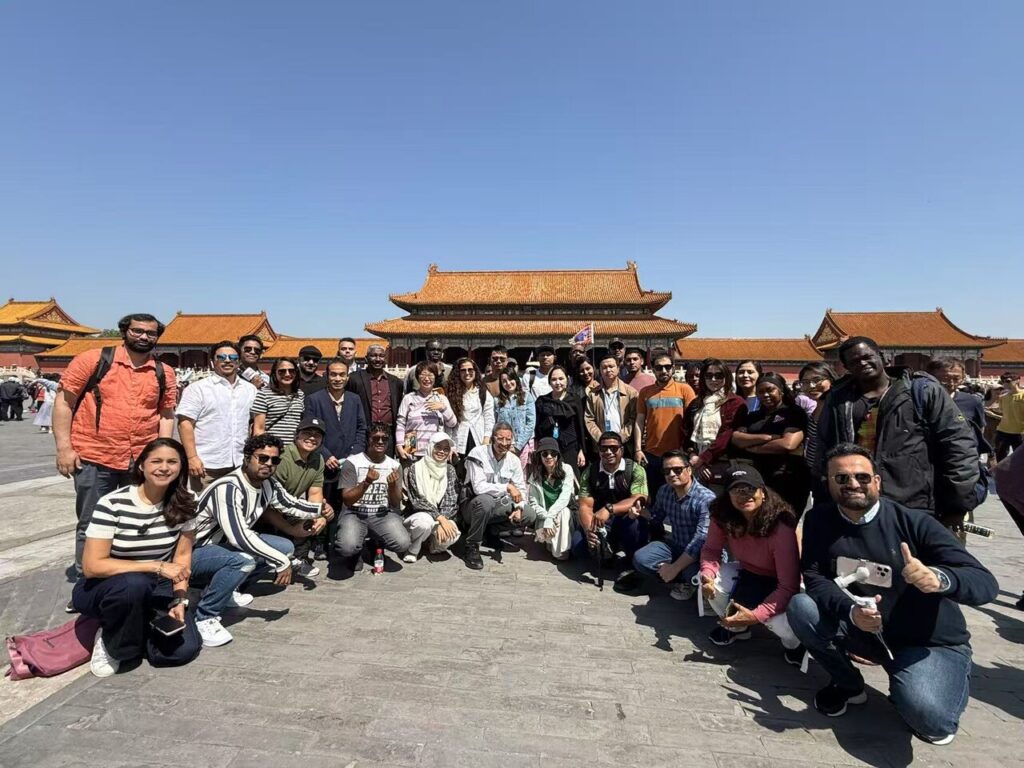Beijing – Under the Cerulean Beijing skies, dozens of international journalists, including myself, visited a forbidden city.
This vast palace complex, the present-day palace museum, has captivated the world for six centuries. The visit, organized by the China International Press Communications Centre (CIPCC), revealed not only the beauty of its architecture, but also its role as a bridge between the past and present, the east and west.
As I wandered through the palace grounds, the juxtaposition of ancient architecture with the Beijing skyline, a glass and steel forest, set a dynamic balance of China between tradition and progress. Forbidden cities are not relics. It is a living proof of cultural resilience.
The elaborate sculptures, vibrant colours and iconic designs of the entire forbidden city reflect the importance of symbolism in ancient Chinese culture. Mythical creatures such as dragons and phoenix adorn the walls and roofs of palaces, embodying themes of power, prosperity and good fortune. These elements serve not only aesthetic purposes but practical functions within the architecture. Careful attention to detail in every aspect of the design exemplifies China’s commitment to harmony and balance.
When I visited the Forbidden City, I observed visitors from various countries who were deeply respected by the grandeur of this historic place.
Forbidden cities are more than monuments. It’s a dialogue for centuries. It provides visitors with an internal connection to the zenith of the Chinese empire. For the world, it stands as a beacon of heritage preservation and intercultural exchange.
The banned city was built during the Ming Dynasty in the early 15th century and served as an Imperial Palace for over 500 years, living in 24 emperors and the Qing Dynasty. Its construction was completed in 14 years (1406-1420). The palace complex covers an area of 720,000 square meters, with a construction area of 150,000 square meters and consists of 980 surviving buildings with over 70 halls and palaces. It is the world’s largest palace and wooden structure.
The banned cities are divided into two main sections. These sections include the outer court, consisting of three ground halls and ceremonial spaces. and the inner court reserved only for the Emperor and his family.
As a symbol of the power of the empire, the Hall of Fame of Harmony is the largest and most important building in the complex. It was a venue for important state rituals and the Imperial Corner Crown. The Hall of Central Harmony and the Hall of Preservation Harmony are equally impressive, serving as the Emperor’s private space before important events in the hall of the highest harmony and functional space for banquets and imperial examinations.
The Palace Museum features an extensive collection of over 1.8 million cultural artifacts, including paintings, calligraphy, ceramics, jas and imperial treasures.

